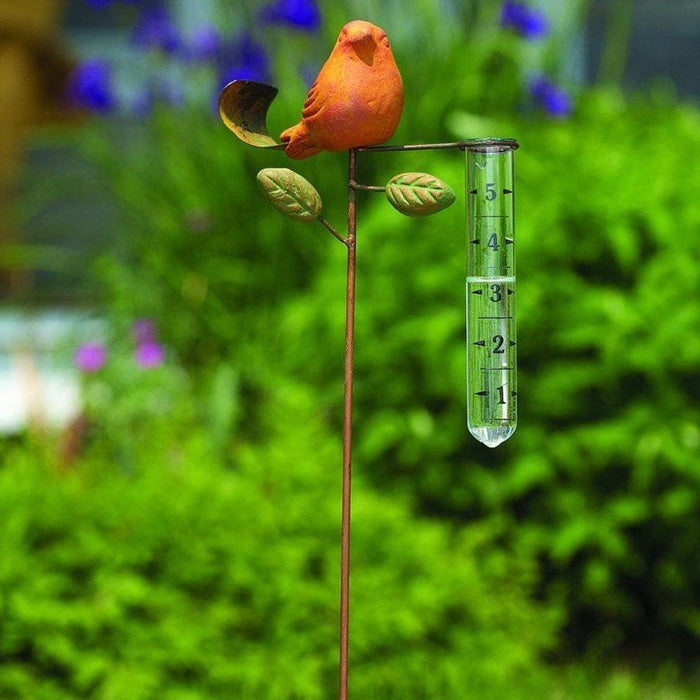The Rain Gauge: Enhancing Agricultural and Environmental Keeping An Eye On Efforts
The Rain Gauge: Enhancing Agricultural and Environmental Keeping An Eye On Efforts
Blog Article
DIY Rainfall Gauge: Basic Actions to Make Your Own
Are you curious about tracking rainfall in your location? Producing your very own DIY rainfall gauge is a basic and effective method to tape and determine precipitation. With simply a few common products and some basic actions, you can easily build your own rain scale at home. In this guide, we will certainly offer you with a detailed process to assist you develop your own rain scale. No need for any type of specialized expertise or equipment - this job can be finished by anyone. By complying with these straightforward directions, you will certainly have a dependable tool to gauge rains and add to your understanding of the regional climate patterns. Allow's obtain started on making your DIY rain gauge today!
Gather Products
To begin creating your DIY rain scale, gather all the essential materials utilizing a comprehensive listing of items. Having the ideal products on hand will make sure the successful development of your rainfall gauge and enable for exact measurements of rainfall. Collecting these products beforehand will simplify the construction process and make certain that you have everything you need to produce your very own DIY rain gauge.
Prepare the Container

Mark the Measurement Increments
To accurately gauge the amount of rains, properly noting the measurement increments on your do it yourself rain gauge is important. Without clear and precise markings, it would be difficult to establish the precise quantity of rainfall accumulated in your rainfall gauge. Below are the steps to note the measurement increments on your rainfall gauge.
The most typical systems for gauging rainfall are inches and millimeters. Once you have chosen the unit, utilize a long-term marker or water resistant paint to mark the increments on the side of your rainfall scale.
When noting the increments, it is essential to make sure that they are uniformly spaced and plainly visible. Utilize a leader or gauging tape to guarantee precision and uniformity. Additionally, make sure that the markings are immune to fading or abrading, as direct exposure to click here for info the elements may trigger them to wear away with time.
Place the Rainfall Scale Outdoors
The rainfall gauge should be placed outdoors to accurately collect rains information. The place selected for the rain gauge must be free and open from any kind of blockages that might possibly impact the measurement of rains. The Rain Gauge.
Additionally, it is critical to position the rainfall gauge on a steady surface, such as a degree ground or a sturdy article. This will stop any movement or tilting of the gauge, which could lead to imprecise dimensions. It is likewise recommended to avoid positioning the gauge near any resources of synthetic water, such as sprinklers or drain systems, as this might interfere with the precision of the measurements.
Display and Document Rain Data
Normal tracking and recording of rains information is important for exact data evaluation and interpretation. By tracking rainfall dimensions, you can gain beneficial insights right into weather condition patterns, environment patterns, and water source administration. To effectively keep an eye on and record rains information, it is necessary to establish a regular and preserve regular practices.
To start with, ensure that your rainfall scale is positioned in an open location far from obstacles such as trees or structures that might obstruct rains. In addition, ensure the rain scale is level and safely secured to avoid any kind of movement that might influence the accuracy of the measurements.

When taping the rains information, it is essential to keep in mind the day and time of each measurement. Use a ruler or a measuring stay with establish the rains deepness in the rainfall scale, and document this details properly.
To make certain the precision of the dimensions, it is suggested to empty the explanation rain scale after each recording. This will prevent any kind of overflow or find more dissipation from influencing subsequent measurements.
Verdict
Finally, producing a DIY rain scale is a easy and practical way to keep track of and videotape rainfall data (The Rain Gauge). By following the steps detailed in this short article, you can conveniently gather products, prepare the container, mark the measurement increments, and put the rain gauge outdoors. Frequently monitoring and videotaping rainfall information can offer beneficial info for numerous functions
Having the appropriate materials on hand will certainly guarantee the effective creation of your rainfall scale and enable for exact measurements of rainfall.To properly measure the amount of rainfall, properly marking the dimension increments on your DIY rainfall scale is vital.The rainfall gauge ought to be positioned outdoors to accurately gather rains information. The location selected for the rainfall scale must be totally free and open from any type of obstructions that could possibly influence the dimension of rainfall.In conclusion, creating a DIY rainfall scale is a basic and useful way to keep an eye on and tape-record rainfall data.
Report this page